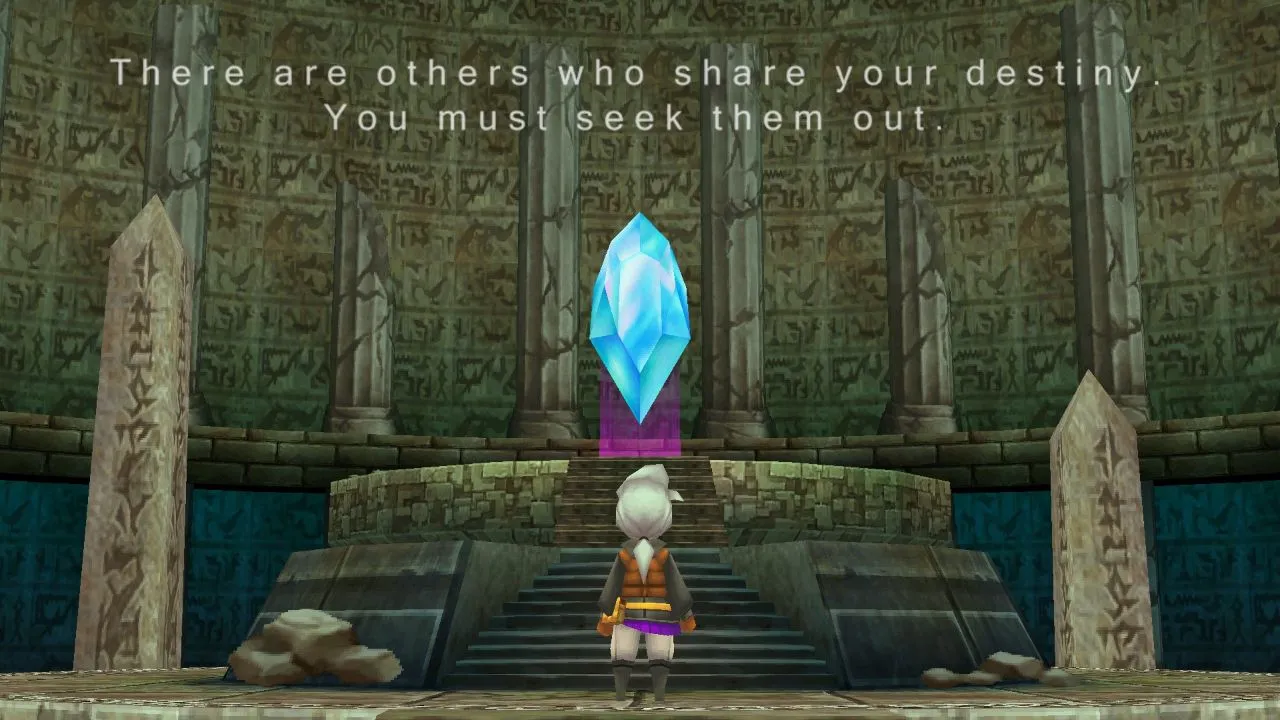
Final Fantasy III Remake: A Timeless Classic Revisited
Contents
The gaming world is buzzing with excitement for the upcoming Final Fantasy VII Remake. Its stunning visuals, updated gameplay, and captivating soundtrack have captured the attention of gamers worldwide. While Final Fantasy VII Remake is highly anticipated, it isn’t Square Enix’s first foray into revitalizing a classic Final Fantasy title. That honor belongs to Final Fantasy III.
This article delves into the remake of Final Fantasy III, exploring its strengths and weaknesses, and ultimately determining its place in the modern gaming landscape.
A Journey Through Light and Shadow: The Story
The Final Fantasy series is renowned for its unique worlds, characters, and narratives, while maintaining recurring themes like Crystals and Chocobos. Final Fantasy III, despite being only the third installment, embraces this concept wholeheartedly.
The storyline follows a classic, albeit somewhat generic, hero’s journey. An orphaned boy stumbles upon a Crystal and a prophecy, tasked with finding three companions to defeat an evil sorcerer and restore balance to the world.
 Luneth, one of the four Warriors of Light, discovers the Wind Crystal.
Luneth, one of the four Warriors of Light, discovers the Wind Crystal.
These four characters are revealed to be the Warriors of Light, echoing the first Final Fantasy. Their quest takes them across the world of light, through a dimensional portal to the world of darkness, uncovering secrets and confronting a powerful antagonist threatening to destroy everything.
While the overarching narrative might seem simplistic by today’s standards, Final Fantasy III‘s remake enhances the experience by giving the four protagonists distinct names and personalities: Luneth, Arc, Refia, and Ingus. The remake focuses on character development and interactions, making the journey more engaging.
The game’s true strength lies in the smaller narratives interwoven within the main plot. Helping a villager fulfill a final wish, or discovering that a malevolent sorcerer’s castle is actually an imprisoned ancient tree, are just a few examples of the side quests that enrich the gameplay. These smaller adventures create a sense of exploration and encourage players to delve deeper into the world, meet new characters, and uncover their stories.
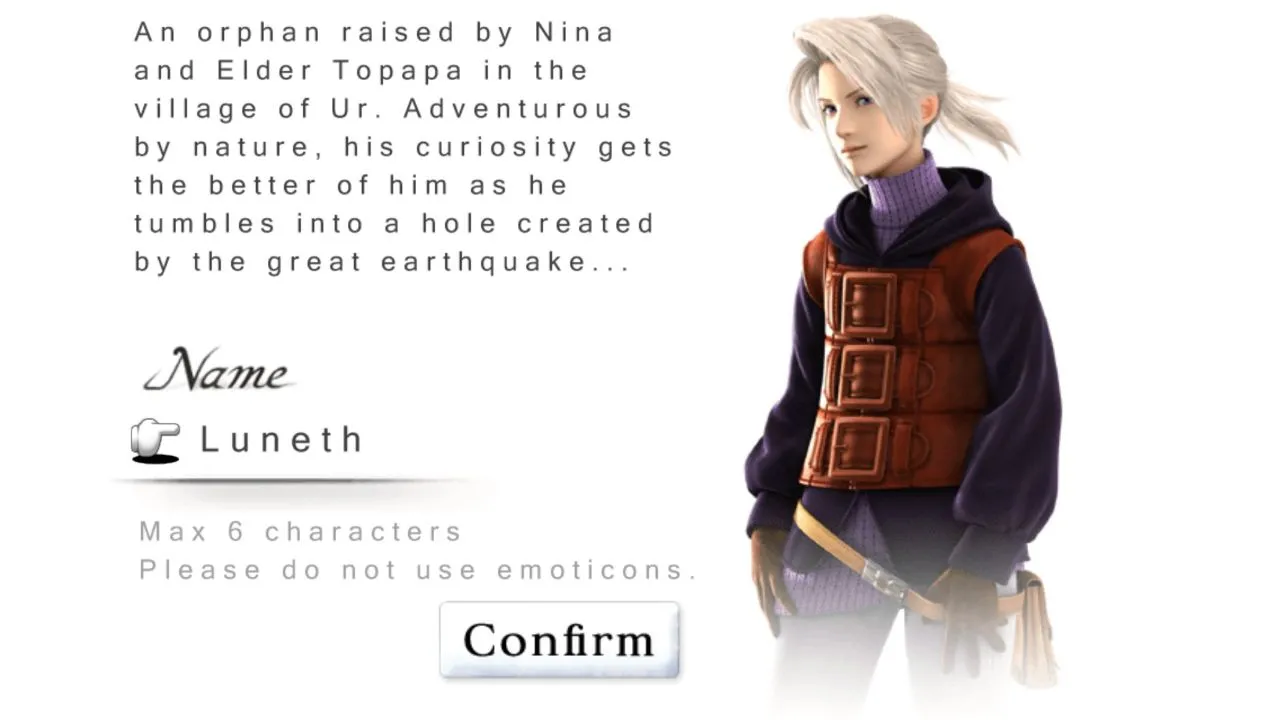 Exploring the vast world of Final Fantasy III.
Exploring the vast world of Final Fantasy III.
The combination of a compelling overarching narrative and engaging side quests makes for a captivating gameplay experience that keeps players hooked for hours.
A Flexible Combat System: Jobs and Abilities
Final Fantasy III draws inspiration from Dungeons & Dragons, particularly in its combat mechanics. As characters level up, their attack frequency increases, allowing for multiple strikes per turn. Mana points (MP) are replaced by spell levels, with each character having a limited number of uses per spell based on their job and level.
The job system, arguably the game’s most innovative feature, lays the groundwork for the complex systems seen in later titles like Final Fantasy V and Final Fantasy Tactics. Initially, all four heroes are Freelancers.
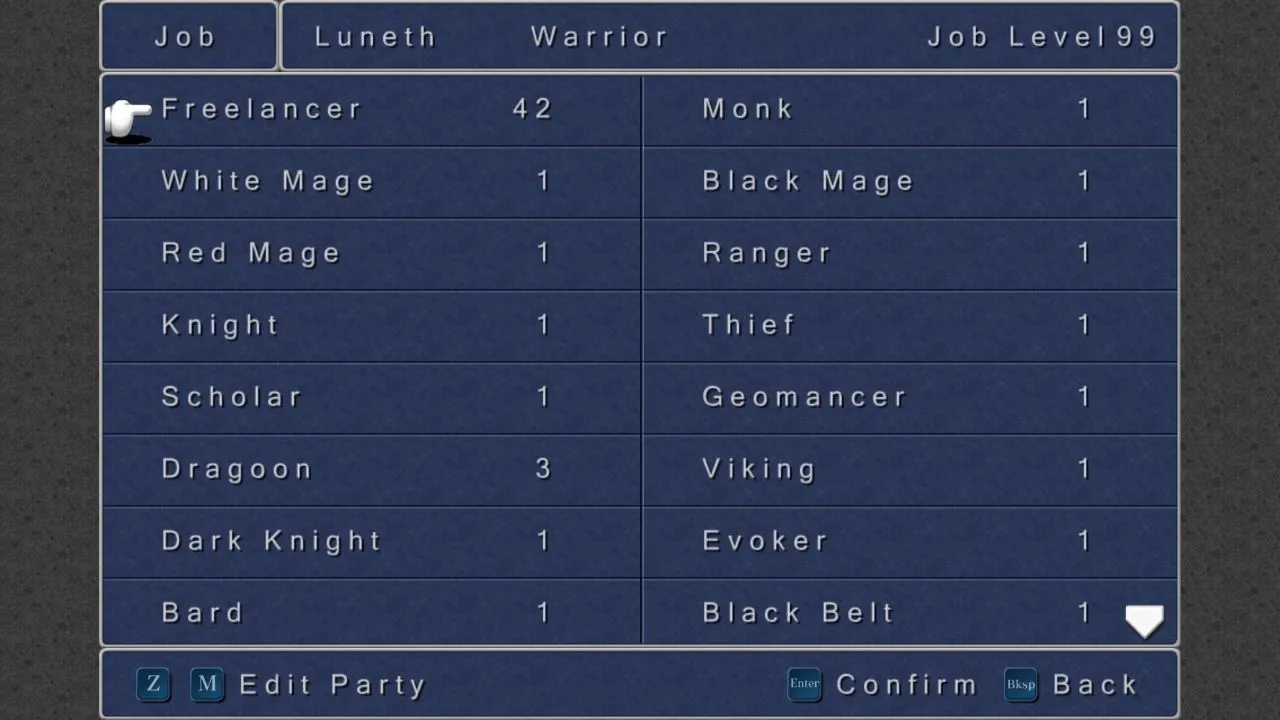 The job system allows for diverse party compositions and strategies.
The job system allows for diverse party compositions and strategies.
Throughout their journey, players unlock various jobs, each with unique abilities and stats. Job levels are independent of character levels, requiring separate grinding. The Dragoon, for instance, can use Jump to temporarily exit battle and return with a powerful attack. The Devout, recognizable by their adorable cat-eared hood, specializes in healing magic.
The ability to switch jobs at any time outside of battle allows for strategic experimentation and adaptation to different enemies and situations. With over 20 jobs available, Final Fantasy III offers a significant level of customization and strategic depth.
Showing Its Age: The Drawbacks
Despite its 3D graphical update (which admittedly isn’t groundbreaking and resembles the original Final Fantasy VII), Final Fantasy III still shows its age. Players accustomed to modern RPGs, especially later Final Fantasy titles like XIII or XV, will need to adjust to some archaic mechanics.
 Navigating the world map can sometimes be challenging.
Navigating the world map can sometimes be challenging.
The most glaring issue is the random encounter system. Players can be walking through an empty area and suddenly be thrust into battle. This system, a relic of limited hardware capabilities, was retained in the remake. Square Enix even increased the encounter rate, making exploration tedious at times.
Another drawback is the game’s challenging difficulty, primarily stemming from the scarcity of save points within dungeons and other areas. Saving is only possible on the overworld map, forcing players to repeat entire sections if they are defeated by a boss. This is particularly frustrating in the final dungeon, which can take several hours to complete.
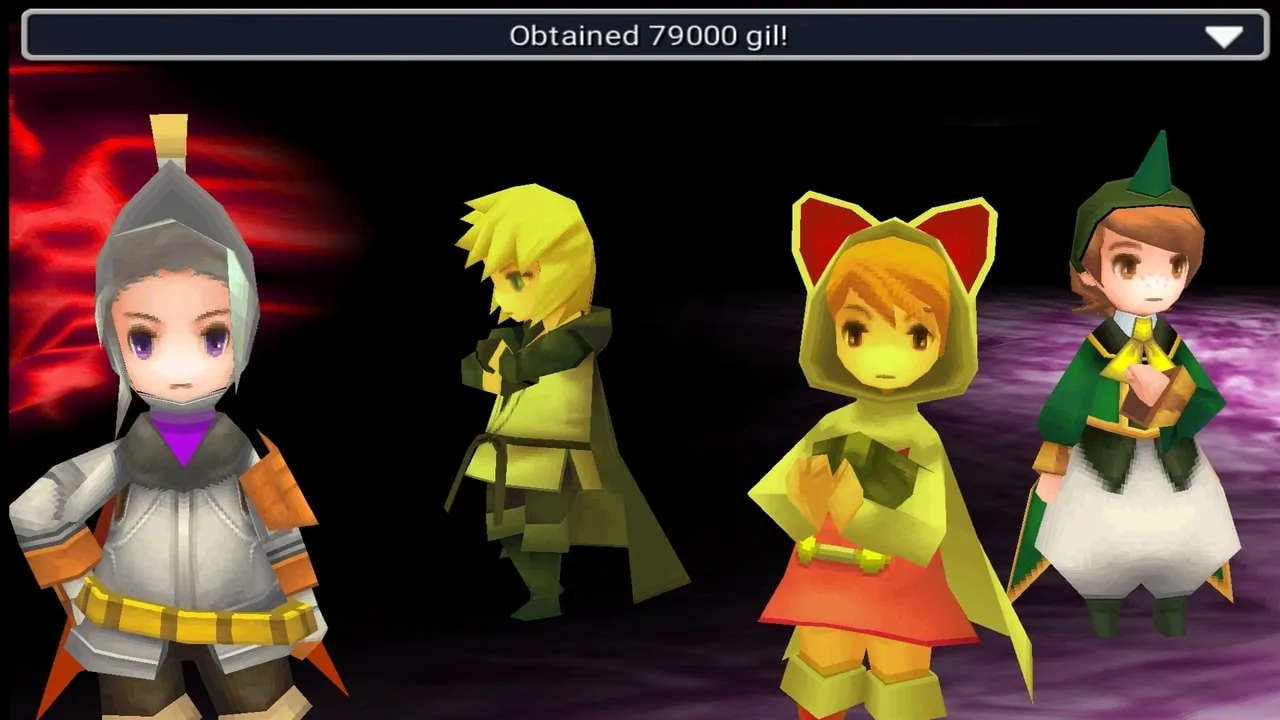 Random encounters can interrupt exploration frequently.
Random encounters can interrupt exploration frequently.
The lack of clear direction regarding the next objective, relying solely on character dialogue, can also lead to players getting lost in areas with overwhelmingly powerful enemies.
Conclusion
Final Fantasy III’s remake offers a compelling blend of classic RPG elements and modern updates. Its engaging story, flexible job system, and challenging gameplay provide a rewarding experience. However, the dated random encounter system, unforgiving save point placement, and lack of clear direction can be frustrating for modern players. Despite these flaws, Final Fantasy III remains a worthwhile experience for fans of the series and those seeking a taste of classic RPG gameplay. If you can overcome its archaic elements, you’ll discover a timeless adventure waiting to be explored.
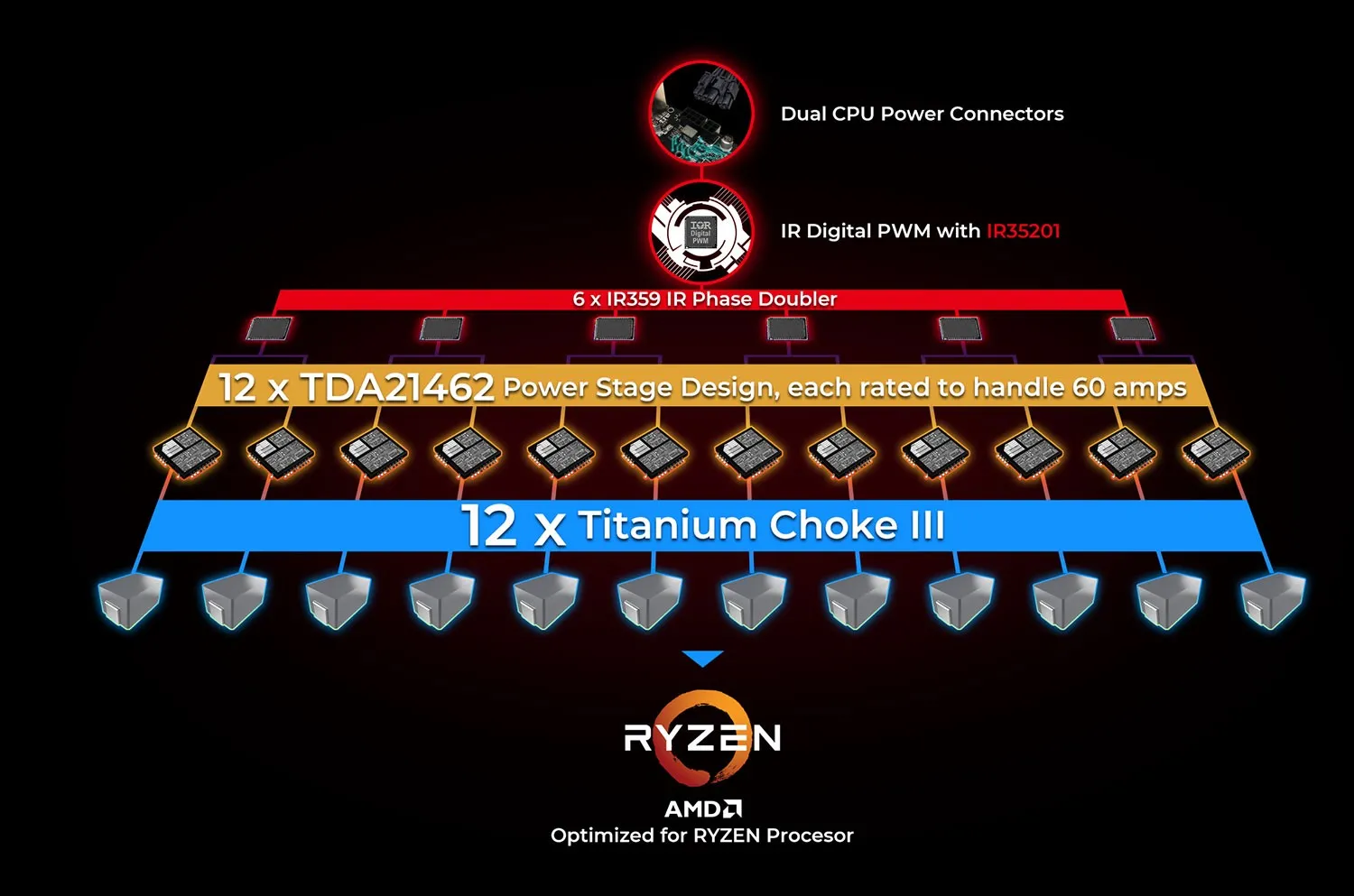


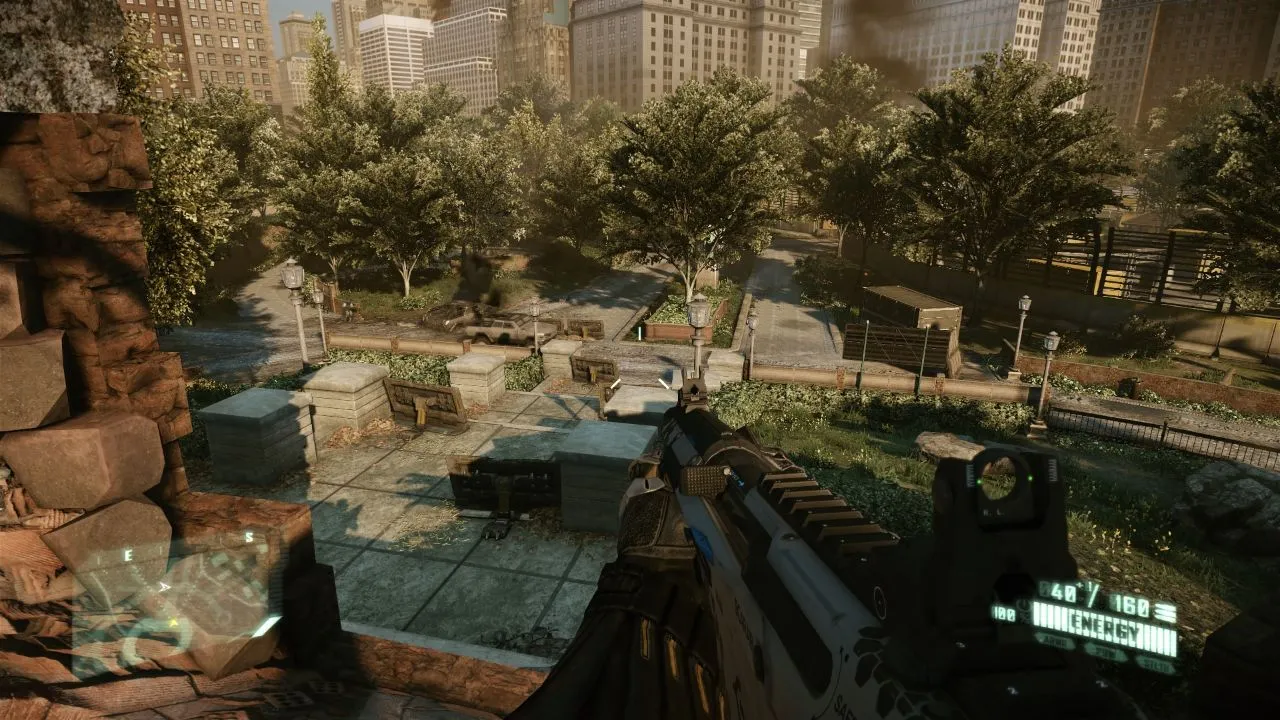

Comments (0)